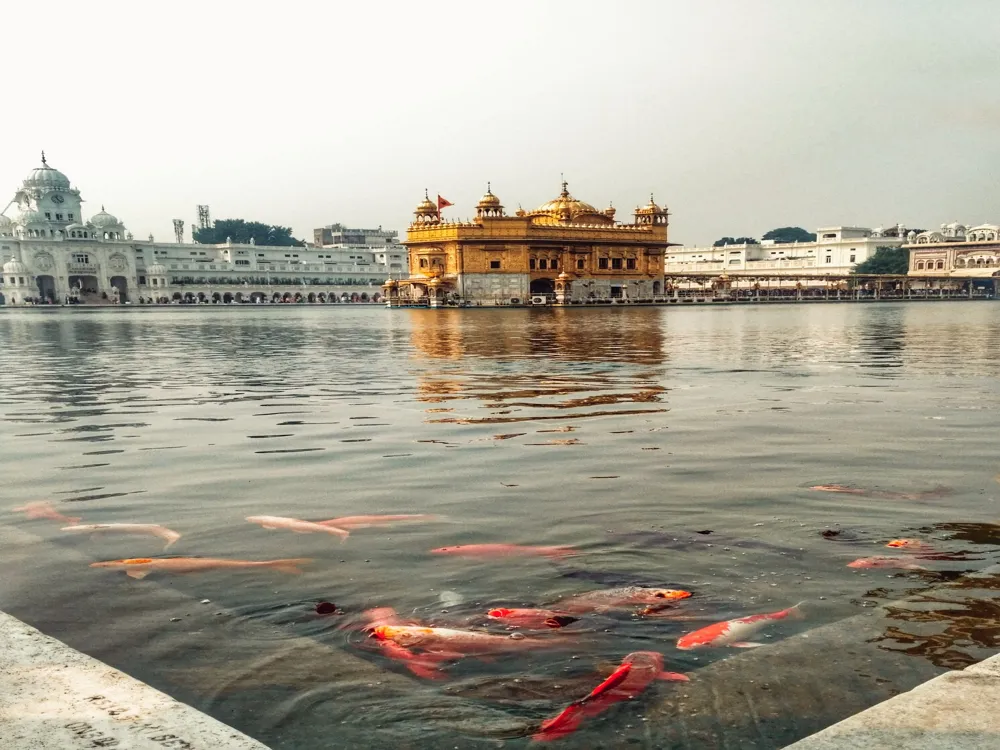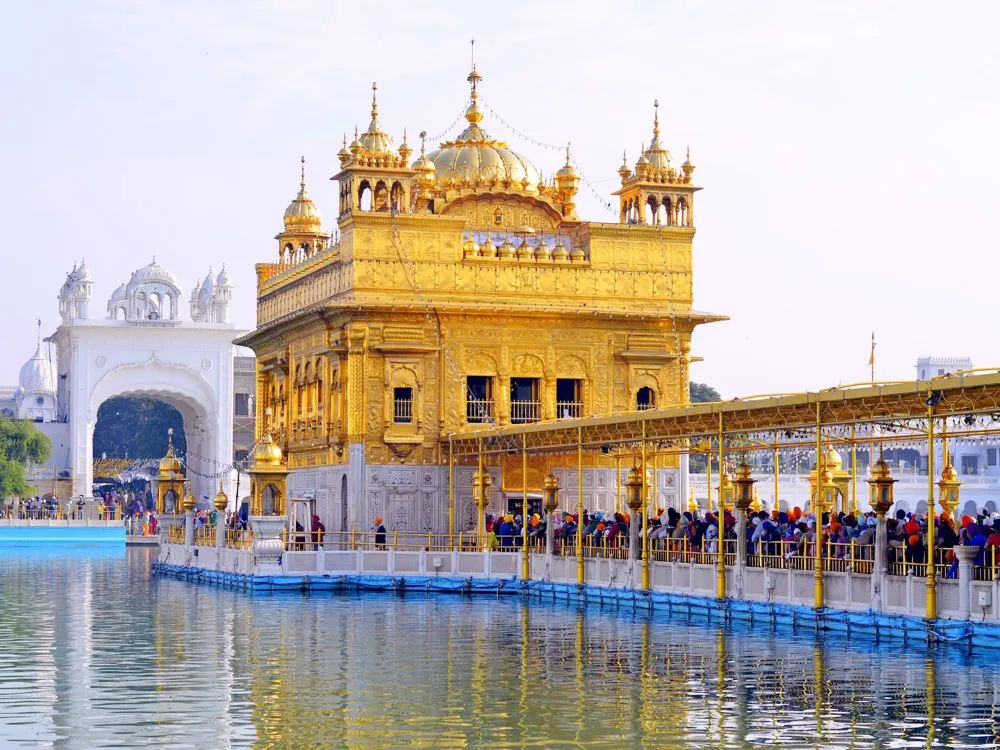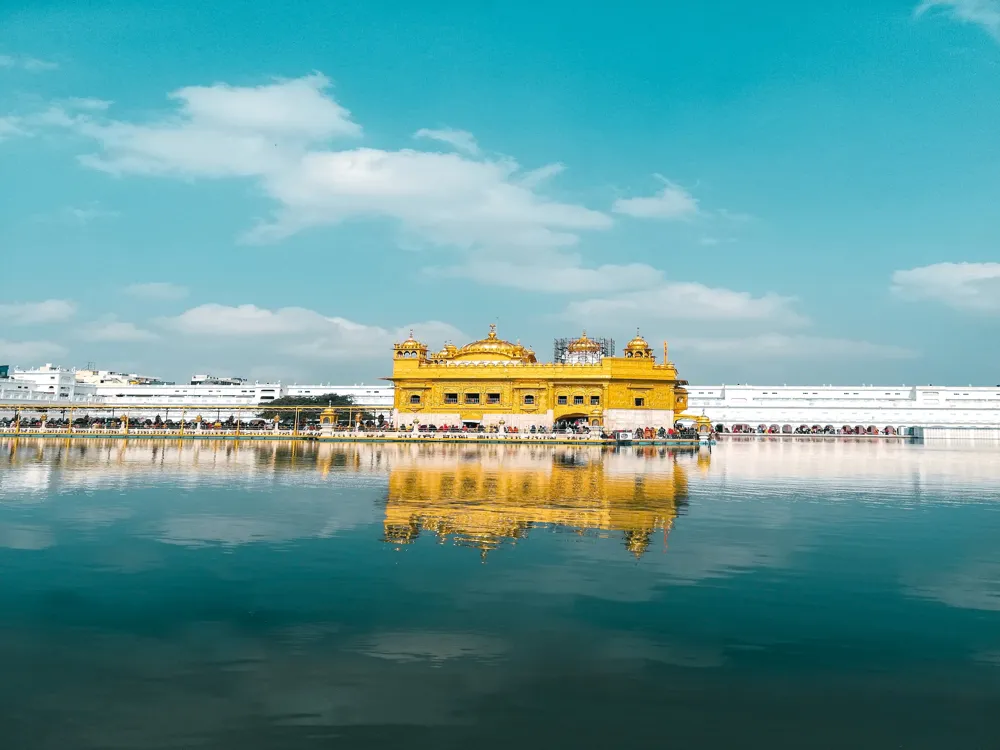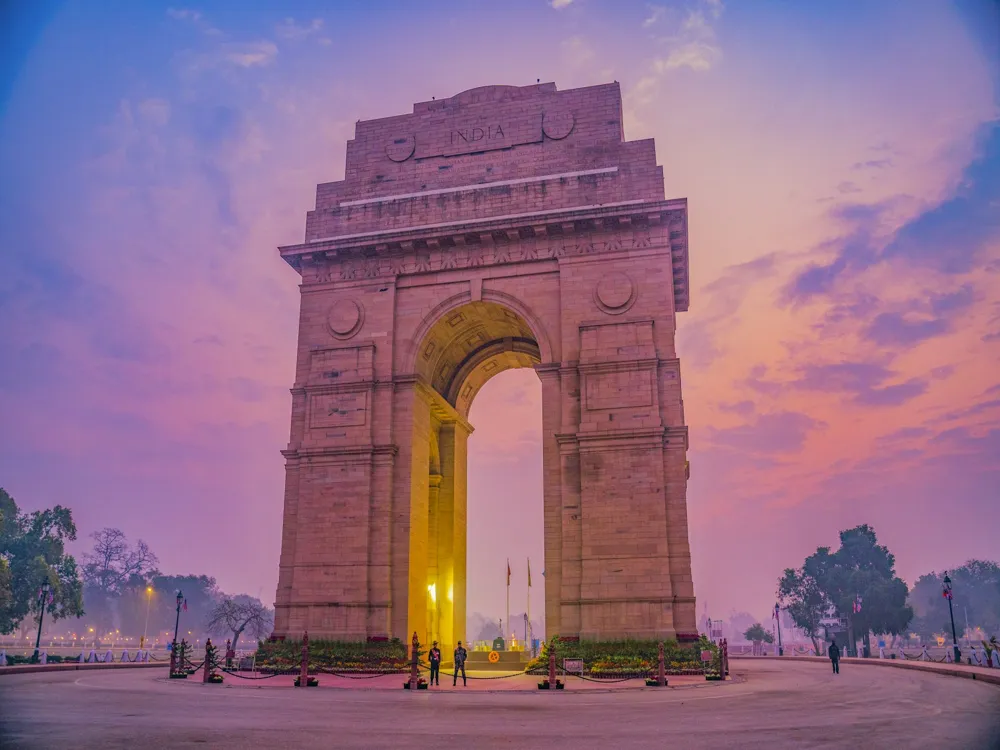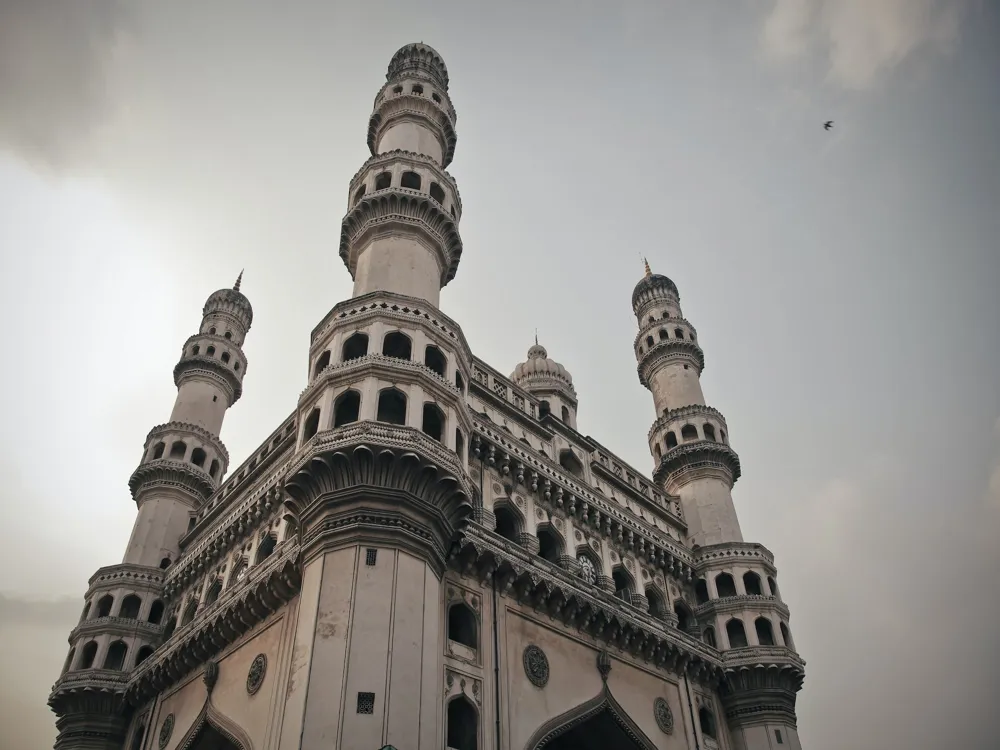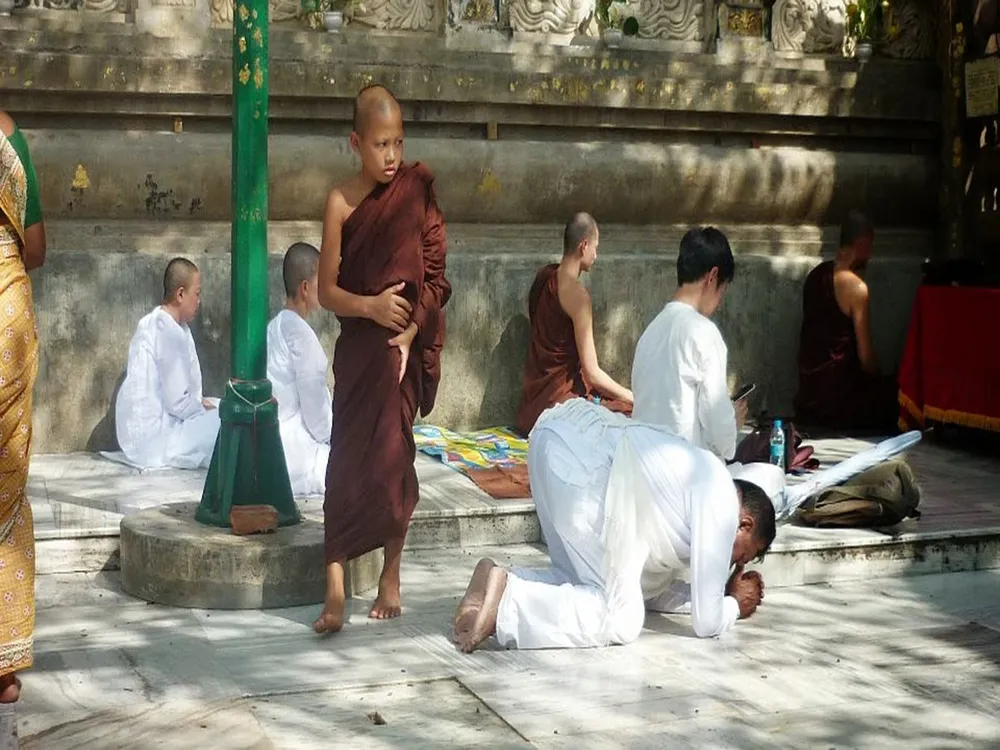Plan Your Travel To Amritsar
Places To Visit In Amritsar
Jallianwala Bagh
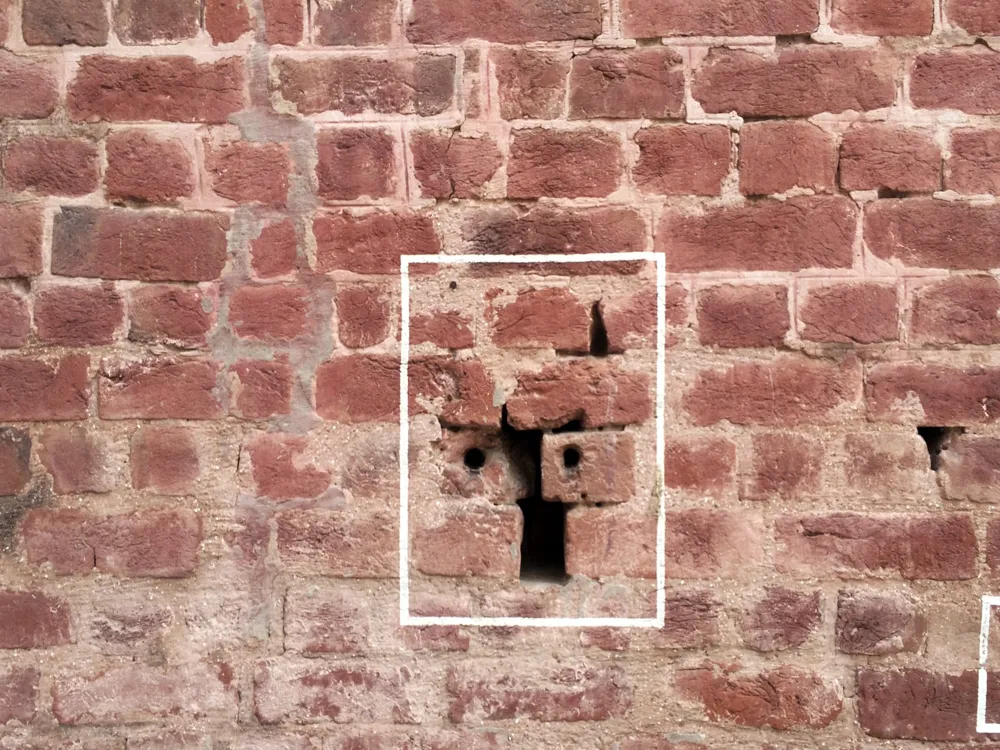
Located near the famous Golden Temple of Amritsar, Jallianwala Bagh is a public garden that also houses a memorial to commemorate the massacre of peaceful celebrators by the British forces. Spread over 6.5 acres of land, Jallianwala Bagh is associated with one of the saddest days in Indian History when thousands of innocent people were killed on the orders of General Dyer as they gathered for a peaceful celebration of Baisakhi. The place has now been turned into a beautiful park and is managed by the Jallianwala Bagh National Memorial Trust.
There is a memorial tablet at the entrance which serves as a record of history. The tragic incident left a deep scar on the country, and a memorial was constructed post the independence for the innocents who lost their lives in this devastating incident. Established by the government of India in 1951, the massacre memorial was inaugurated by Dr Rajendra Prasad on 13th April 1961. A number of structures are present inside the premises which resound of the atrocities that occurred here. These include a wall which still bears the marks of the bullets that were hurled blindly at the civilians and a well in which many people jumped to save themselves from the onslaught of the bullets. It is estimated that over a 1000 Hindus, Muslims and Sikhs lost their lives in this brutal assault. a narrow alley of immense historical importance passes through here. An air of eerie calm still lingers over the Jallianwala Bagh and gives one a feeling of indescribable sadness and peace.
Read More
Khair-ud-Din Masjid
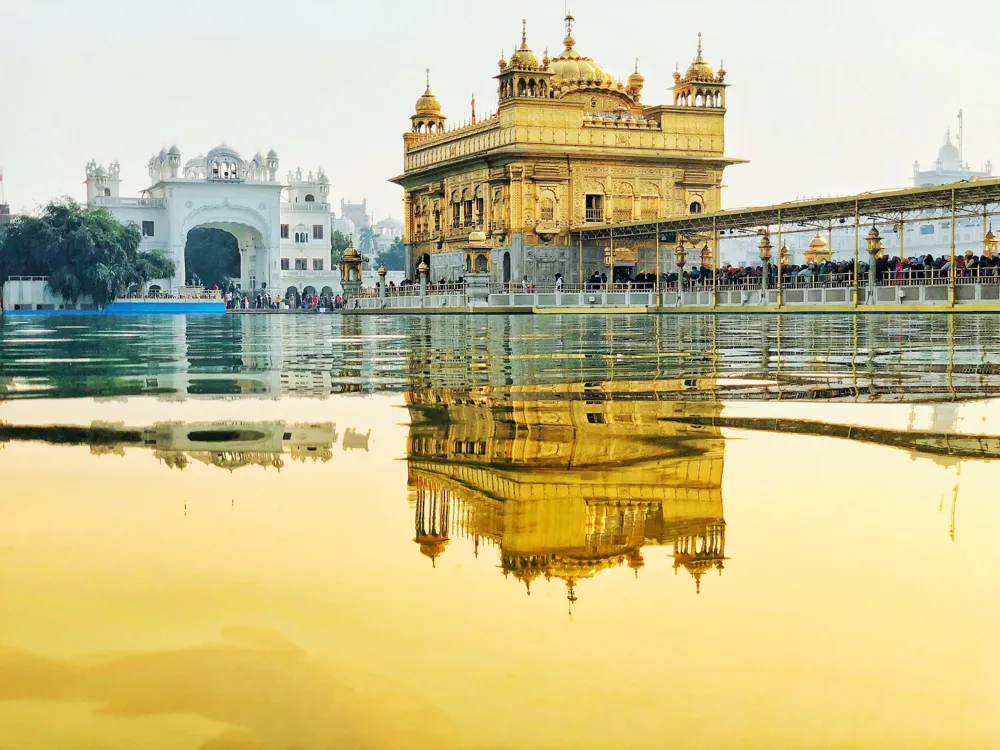
Famous for its architecture, Khair-ud-Din Masjid was established by Mohd. Khairuddin in the year 1876. Khairuddin Masjid also known as Jama Masjid, is a beautiful mosque that holds great importance in India’s freedom struggle. Syed Ata Ullah Shah Bukhari, a Muslim scholar and a political leader, called upon the people to take the field against the British Rule from the brackets of this mosque. It was the place from where Tootie-e-Hind, Shah Attaullah Bukhari announced the great call for waging war against the looting British.
Following the arcuate style of construction, this stunning formation reflects the old Islamic architecture graced with magnificent beams and arches. The walls of the Jama Masjid are adorned by resplendent calligraphic Aayats. Built of white marble stone, the intricate designs including miniature paintings are done in green colour that perfectly compliments the white and pops out immediately. This insanely beautiful mosque is visited by locals as well as the tourists regularly.
Read More
Khalsa College

Khalsa College is a 124-year-old college in the city of Amritsar, making it a historic educational institution in India. The 300-acre campus has acquired the status of the highest Sikh institute for education with an enriching environment and a progressive outlook towards society. The architectural wonder is built on the same location that Guru Hargobind won his very first battle. Architecturally identical in nature, the Khalsa College in Amritsar and Lahore were constructed in the Indo-Saracenic style with influences of the traditional Indian and Mughal architecture. This historic institution was initially set up to conserve and promote the cultural heritage and language of Punjab. The aim was also to bring about social transformations by providing access to quality education. The college was designed by Bhai Ram Singh, who was the principal of Mayo Scool of Arts, Lahore.
Over the years Khalsa college has become Bollywood's favourite shooting destination, be it the famous court-room scene of Veer Zara, Rab Ne Bana Di Jodi, Junooniyat with Pulkit Samrat in the lead or Aishwarya Rai Bachchan's Sarbjit. Many filmmakers have replicated the architectural style of the college into studios as movie sets. Vistors who wish to see the college need to take prior permission from the authorities.
Read More
Maharaja Ranjit Singh Museum
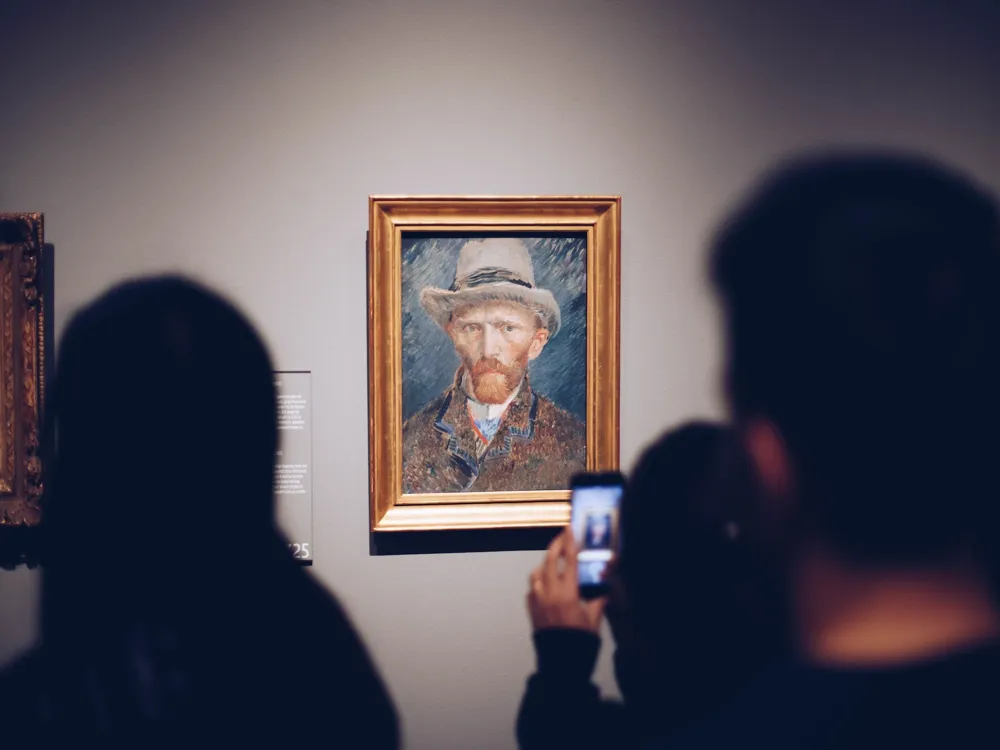
The Maharaja Ranjit Singh Museum is a museum located in Company Bagh, Amritsar. It served as the summer palace of the first king of the Sikh Empire, Maharaja Ranjit Singh, after whom the museum is named. The museum now provides an insight into the life the Maharaja alongside the history, art and architecture of the Sikh community between the 18th and 19th century. The museum is at a distance of 1.5 km from Amritsar Junction and about 4 km from The Golden Temple.
Converted into a Museum in 1977, the museum consists of a lot of artefacts and personal items of the Maharaja such as his armour and weaponry. It also displays fantastic paintings, various manuscripts and coins from centuries, long gone. This reflects the secular spirit of the Maharaja and the rich history of the Sikh province. The paintings mostly depict scenes from the Sikh monarch’s court and camp. Among all of them, the most famous among observers is the one depicting the city of Lahore. The palace is surrounded by the famous Rambagh Gardens popular for its statue of the legendary king with his horse.
Read More
Mata Lal Devi Temple
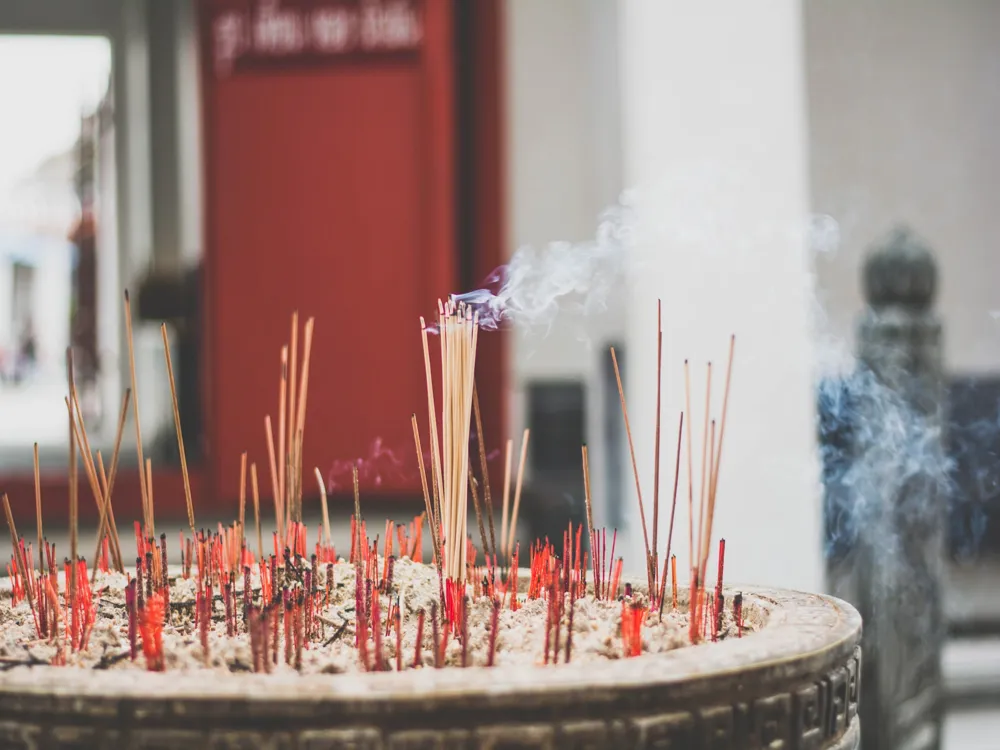
Mata Lal Devi Temple, popularly known as Sheesh Mahal of Amritsar, is famous among the Hindu pilgrims for its miraculous fertility-improving powers. The temple is dedicated to the female saint Lal Devi and is considered a miniature dimension of the popular Vaishno Devi temple in Jammu. The temple is decorated with shining mirrors that light up the area through the reflecting sunlight and numerous diyas.
The idols of various Gods are placed on the inner walls of the entire complex. As devotees walk inside the temple many artefacts, idols, statues, paintings tell the story of Saint Lal Devi. A man-made cave leads the pilgrims to the Goddess's shrine which can be reached only by crawling or bowing completely. Women from across the country visit this mystic temple in order to seek blessings to bear a child, as the mysterious temple is famous for having amazing abilities to improve fertility among women. This fascinating temple is a complete visual treat for tourists as the place has a vivid spectrum of colours and one can truly adore the elaborate mirror work.
Read More
Partition Museum
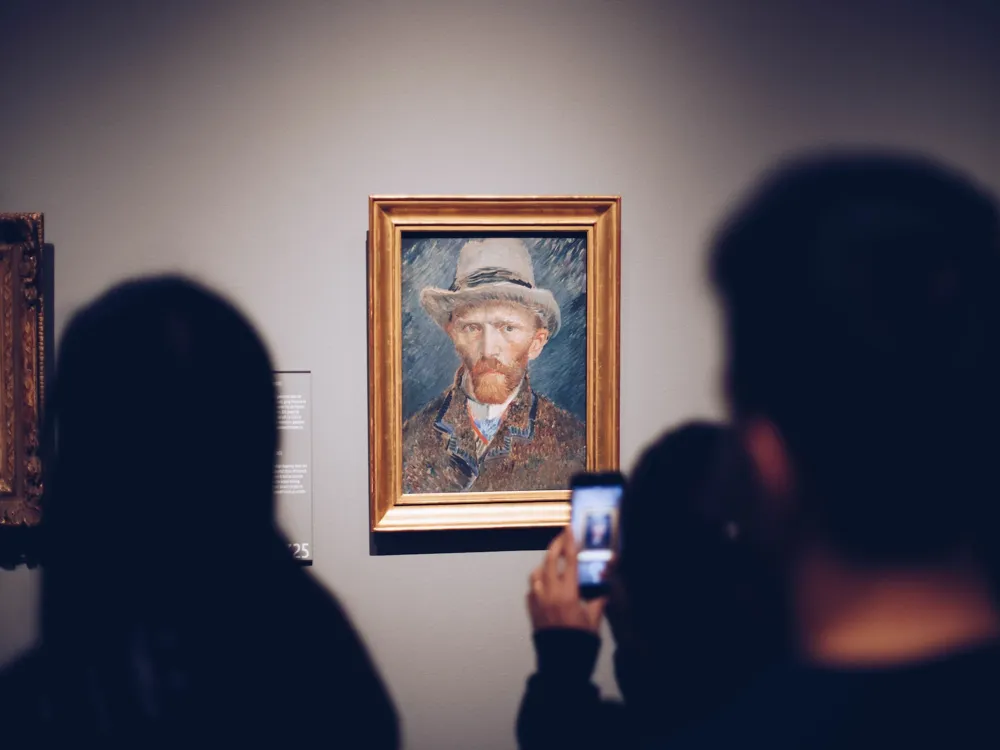
The Partition Museum in Amritsar is a museum housing a collection of stories, memoirs, art and artefacts that hold the memory of the time before, during and after the partition of British India. Located at the Town Hall in Amritsar and developed by the Arts and Cultural Heritage Trust (TAACHT), the museum is a part of the newly inaugurated Heritage Street at Amritsar, which begins from the Golden Temple and ends at the Town Hall.
The exhibits at the Partition Museum include newspaper clippings, photographs as well as personal items that were donated by people who had witnessed and lived during the Partition. TAACHT aims to establish the Partition Museum as a world-class physical museum dedicated to the memories of the partition of the sub-continent in 1947. The museum is devoted primarily to the victims & survivors, and their lasting legacy.
Read More
Pul Kanjari
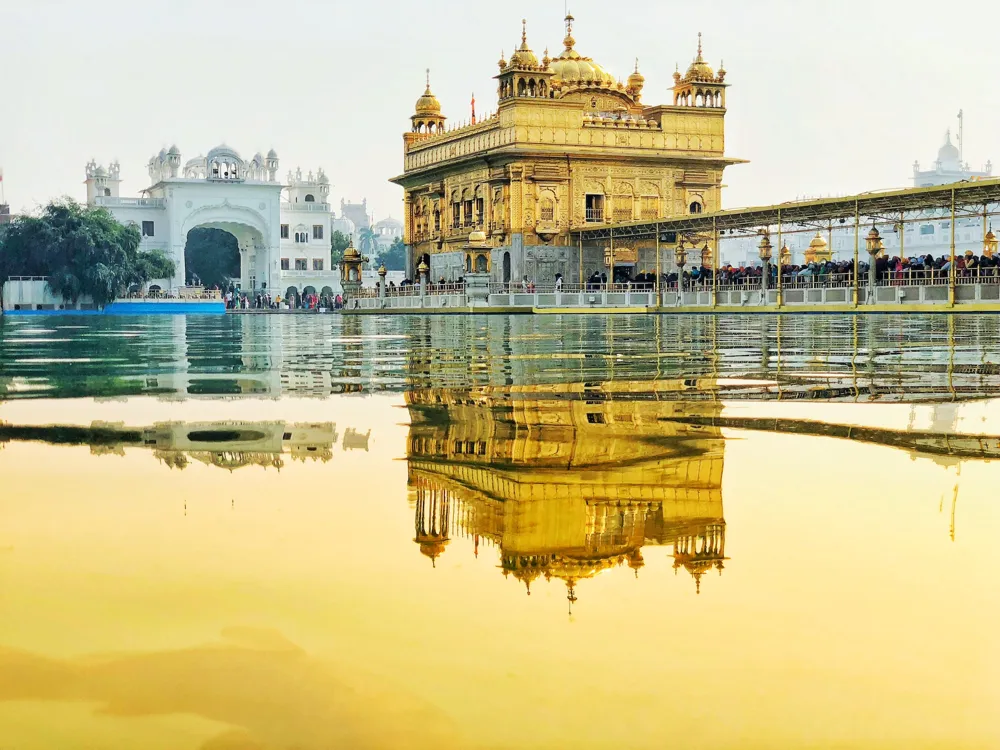
Pul Kanjari, popularly known as Amritsar’s Taj Mahal, is a village based on the vibrant expression of love by Maharaja Ranjit Singh. Situated close the Wagah border, this town is historically significant as Maharaja Ranjit Singh and his troops would rest here while travelling between Amritsar and Lahore. An important trading centre during the 18th century, the town was named after a small bridge built by Maharaja Ranjit Singh over the canal between Amritsar and Lahore for his favourite dancer Moran, a Muslim dancer from the nearby village of Makhanpura. The Government of Punjab has recently renovated and opened the gates for tourists to visit Pul Kanjari.
Apart from the bridge, one can also admire the fortress of the Maharaja, which houses a Mosque, a Mandir, the Baradari and a Sarovar. A war memorial has been instituted to pay respect to the brave martyrs of the Indo-Pak wars of 1965 and 1971, during which time this area was greatly disputed over by the Pakistani Army and the Jawans of the Sikh regiments. Vistors can find beautiful Fresco work on the walls, and Nanakshahi Bricks were used to construct the Shiv Temple. Pul Kanjari was a major shopping hub during the partition era. After partition, inhabitants of the area who survived the aftermath migrated to parts of Chandigarh, Himachal Pradesh, Delhi and other parts of India. Every August sees the return of these people who come to pay their respect to their ancestors and perform Akhand path in memory of those who had lost their lives at this historical site.
Read More
Punjab State War Heroes Memorial and Museum
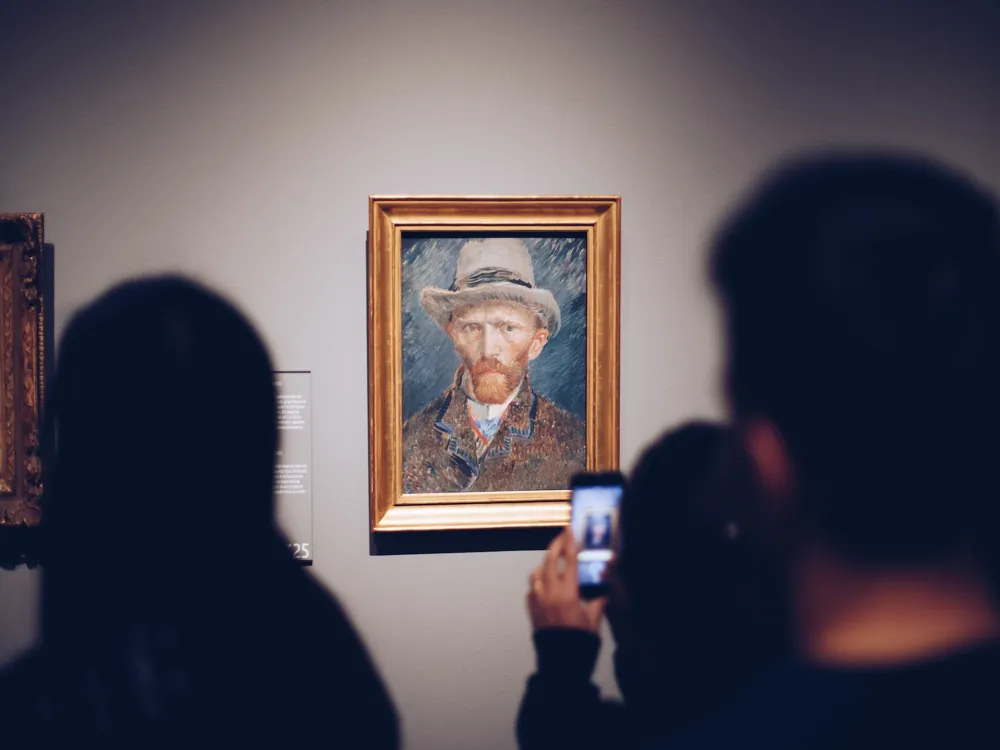
Punjab State War Heroes Memorial and Museum showcases the fabulous Bravehearts of Punjab. The museum immortalizes the bravery of the soldiers of Punjab, displayed throughout with a spirit of patriotism. Built in both a traditional and modern architectural style, it houses a state-of-the-art gallery where Punjab's martial tradition and military campaigns can be viewed. Numerous illustrations, photographs, paintings, artefacts, weapons and interactive panels can be found here, letting the tourists go back in time. The museum has a collection of photographs of the 1965 and 1971 war. A mural has been built to commemorate the work and pay tribute to the 21 Sikh soldiers who were martyred in the 1971 war. Much like the Gobindgarh Fort, the walls are constructed with the Nanakshahi brick. Tourists can travel back 3 eras, through the pre-British, British and post-independence periods with the special light and sound show organised here. The 7D auditorium is a must-do experience during your visit here, transporting visitors to the war zones of the past.
With its proximity to the Indo Pak International border, the museum is a prime attraction for tourists before the Beating Retreat ceremony at the Wagah border. The chief appeal of this fascinating museum is the 45-metre stainless steel sword preserved at the centre of the place. The sword represents the strength and courage of the people defending the nation at the peak hour of war. The glorious sword is placed on a water body with 3500 martyr names inscribed on the memorial wall. The decommissioned aircraft carrier ship MiG-23, INS Vikrant, and 3 tanks are also exhibited here. Not only does this place serve as a tourist destination, but the museum also stands as a constant source of inspiration for the youth and a reminder of the sacrifices for freedom.
Read More
Rainbow Resorts Water Park
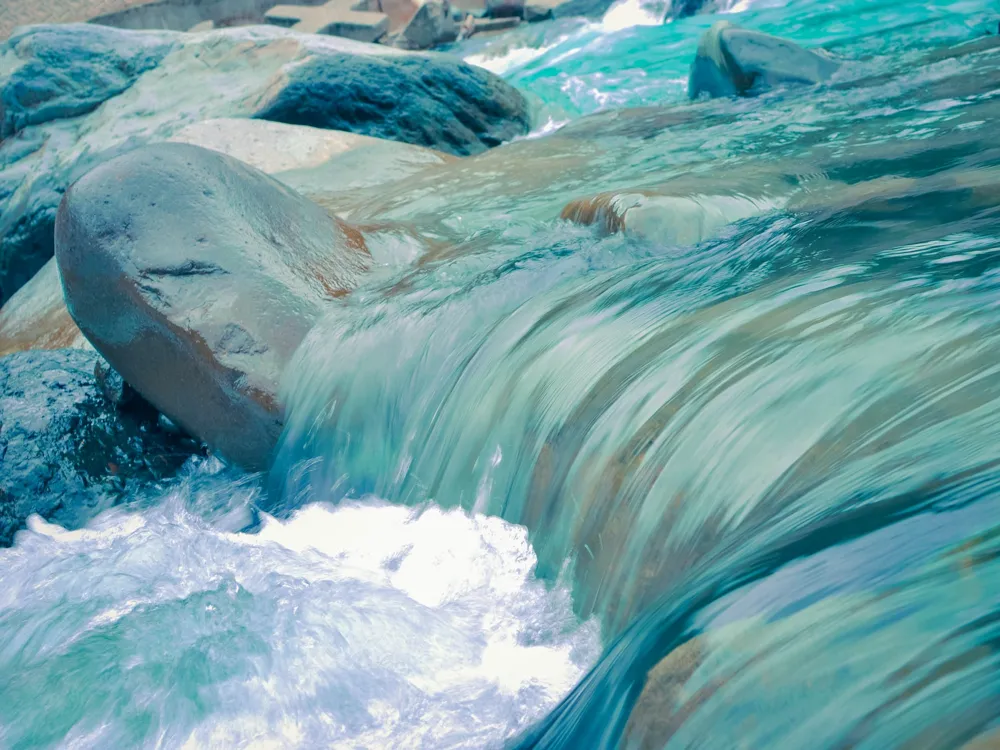
Situated on the Attari Border Road in Amritsar, Rainbow Resorts Water Park offers multi activities. Spread over nine acres of land area, the resort has swimming pools, adventure park, go-karting, paint ball, kitty party hall, boating, restaurant etc.
Shri Ram Tirth Temple
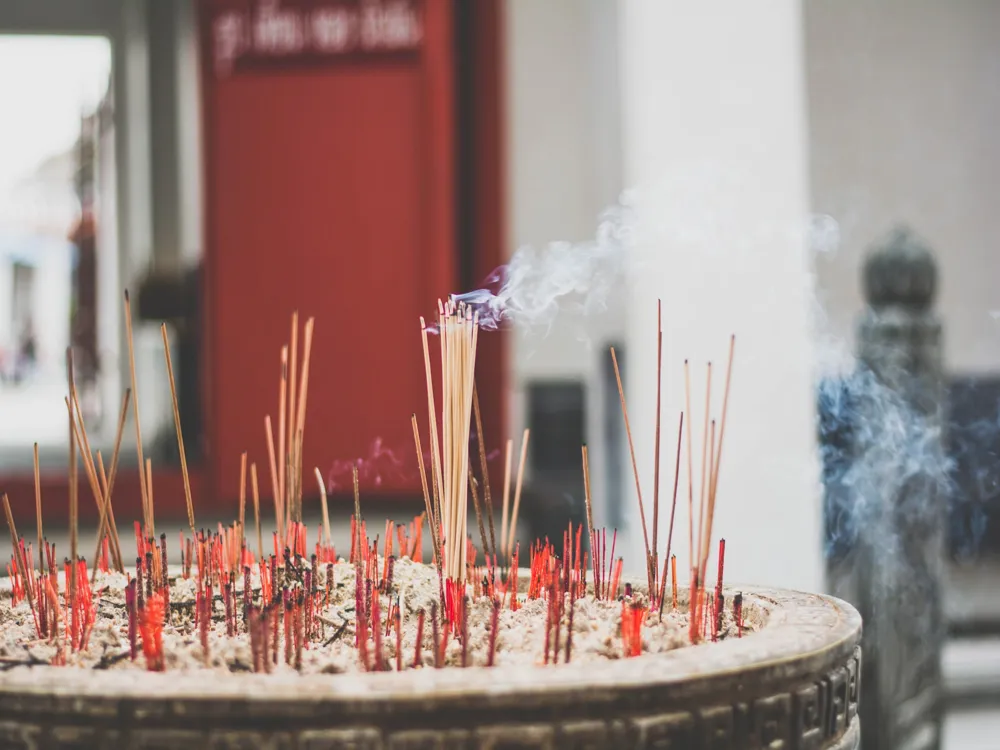
The Shri Ram Tirth Temple, located near Amritsar city, was built to honour the birthplace of Luva - Kusha, twins of Rama and Sita. Constructed in lime yellow stone, the temple dates back to the epic of Ramayana where Sita was given in the Ashram of Balamiki after being abandoned by Rama. The battle of Ram's Ashwamedha force with Luv-Kush is said to have taken place here. The gurukul of the twins, situated in the temple compound, is regarded as an architectural wonder by pilgrims.
The ancient temple organizes a 5 day fair a fortnight after Diwali, where almost one lakh pilgrims visit to seek blessings. Devotees take a dip in the ancient tank next to the temple on Purnamashi night. A tradition called Tulla Torana is practised where light lamps made of kneaded flour and ghee are released into the water on Purnamashi night. The practice of this tradition is said to wash away any sins and is said to please Lord Rama. There is a unique belief that the pilgrimage is not complete without giving money or food to charity to the needy. Small amusement park rides such as merry go rounds, the giant wheel are set up near the temple along with performances by acrobats and magic shows that take place throughout the 5-day event.
Read More
Amritsar Travel Packages
View All Travel Packages Amritsar
Nearby Places Amritsar
Browse Package Collections
Browse Hotel Collections











